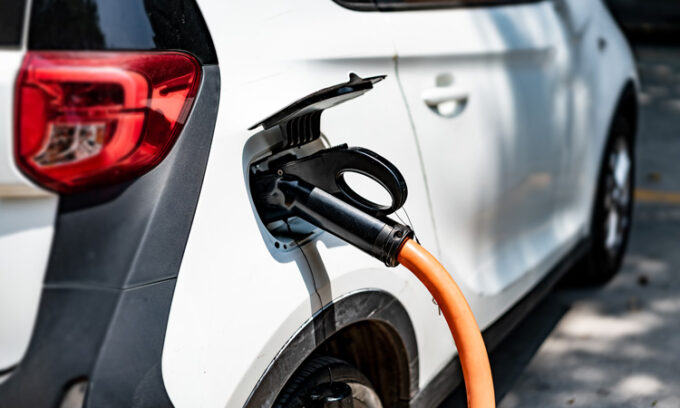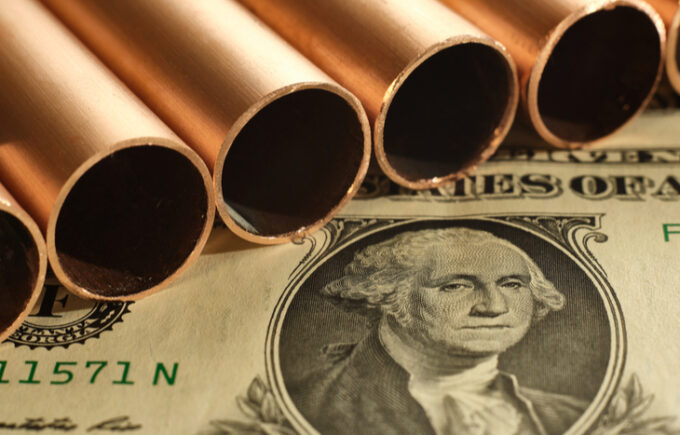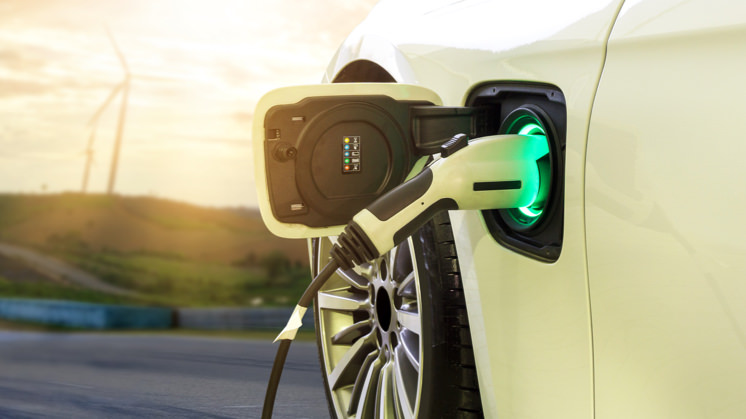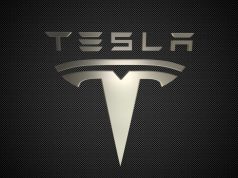There’s no doubt about it—electric vehicles are on the rise. In 2018, global electric vehicle sales jumped to 65% and have been on an upward trajectory since then. Projections show that by 2030, electric vehicles will account for 28% of global passenger vehicle sales. By 2040, this number will be 58%.
The demand for electric vehicles is growing for many reasons. First, there is an increasing concern for the environment. This, coupled with consumers’ newfound confidence in the charging infrastructure for electric cars, is the driving force behind the upward trend. Additionally, it seems as though many motorists are ready to leave behind standard fuel cars and opt for more cost-efficient electric ones.
With the rise of electric cars comes the increased demand for the materials to build them. Electric car frames contain lightweight magnesium and composite plastic. Electric car batteries contain metals like lithium, nickel, and copper. Most electric cars will require up to 80% more copper than standard fuel cars. This means that the demand for copper is on the rise.
How Is Copper Used In Electric Vehicles

Compared to a traditional combustion engine car, an electric car contains 4 times more copper. About 40kg of copper is used in an electric car, and a pure electric vehicle can contain more than a mile’s worth of copper in its stator windings.
Copper is mainly used in the batteries of electric vehicles, but can also be found in the air conditioning systems, batteries, cables, mirrors, and more. Since copper is highly conducive, it is also commonly used in the wiring of the car.
Not only is it essential to the production of electric vehicles, but copper is also used in charging infrastructure. It is commonly used in cables, inverters, transformers, and wiring on an electric panel.
Why Copper Is Used In Electric Vehicles

Copper is used in electric vehicles because of its favorable qualities and practical benefits.
Favorable qualities include:
- Resistance to Corrosion. Copper is one of the most resistant metals on the market, which makes it a viable option for wiring. Even if it does get corroded, the electrical conductivity is typically unaffected.
- Joining Ease. Copper is easy to join with other metals, making it particularly favorable for automotive manufacturing and welding.
- Electrical Conductivity. Copper transports electricity highly efficiently and safely, making it one of the major beneficial qualities for it to be used in electric car production.
- High Ductility and Strength. Copper is highly ductile, meaning it can endure a lot of stress without snapping. It is also resistant to nicks and breaks. Using a strong, flexible metal like this one inspires consumer confidence in electric cars.
- Low Thermal Expansion. Copper expands and contracts less under different temperatures—another thing that makes it ideal for the wiring of an electric vehicle,
Apart from copper’s great electrical qualities, it also carries many practical benefits, such as:
- Affordability. Compared to other highly-conductive metals, copper is much cheaper. For instance, one ounce of copper costs $0.20, whereas an ounce of gold costs $1,200 and an ounce of silver is $15.
- Easy Installation. Copper requires minimal tooling to install, and electricians are already familiar with working with it. It is very easy to shape and to weld.
- Improved Driving Efficiency. Because copper is highly conducive, smaller motor parts can be made, allowing for them to be packed closer together. This improves drive efficiency since less power is lost through poor conductivity.
- Longevity. Copper had a long life span, lasting up to 70 years in some cases. This is highly favorable for electric vehicle infrastructure like chargers.
- Recyclable. Copper can be recycled, even if it was used in batteries. Intact copper can be recycled multiple times.
Why It Might Be Beneficial To Invest In Copper Right Now
Copper is the third most used metal in the world, so the chances of its demand ever decreasing are slim. Right off the bat, this should make copper a serious contender for a spot in an investor’s portfolio. Copper is mostly used by the construction industry, but as you have read, copper is beginning to be more frequently used in the electrical vehicle industry.
With the rise of electric cars comes the increased demand for copper. Large amounts of copper are going to be needed to build electric cars, as well as the charging ports for them. This will significantly impact the copper market. By 2027, the demand for copper is expected to increase by 1,700 kilotons.
The International Copper Association is projecting 600 kilotons of copper demand for electric car batteries alone by 2027. What this all means is that copper could be a great addition to your portfolio for some long-term financial growth.
How To Invest In Copper

Copper already is one of the fastest-growing metals than any other metal, which means its ties to electric vehicles will only propel it further. For investors looking to enter the copper market, there are many different options to invest. These include investing in:
- Physical Copper. Investors can look to purchase copper bouillon through bars or collectible coins. Although storing these could be challenging, investing in physical copper might be one of the cheapest options to step into the copper market.
- Stocks. Purchasing shares of companies involved in mining this metal is a good option for investors because copper mining stocks have a strong correlation to spot prices.
- ETFs. Exchange-traded funds are another option. Unlike stocks that focus on one company, EFTs tracks an index, commodity, or bond. This means investors can access the copper market indirectly.
- Futures. Copper futures are a good way to manage risk while still getting into the copper market. The London Metal Exchange is one of the places to purchase copper futures.
The Bottom Line
Copper could be worth considering due to projections of its demand increasing in the future. Regardless, copper is the third most used metal in the world, with half of the copper being used by the construction industry.
This means that copper could be a safe investment since the demand for copper is always present. Additionally, copper hit its highest price since 2012 in January 2025, which is another indicator that copper is on the rise. So why not invest in something that is on the rise?
As always, conduct thorough research on what you choose to invest in and see how it could benefit your portfolio. Do not invest in anything unless you are comfortable with doing so.
Click Here to know about Copper Forecast 2025 and also learn How Retail Investors Can Leverage Emerging Opportunities.









